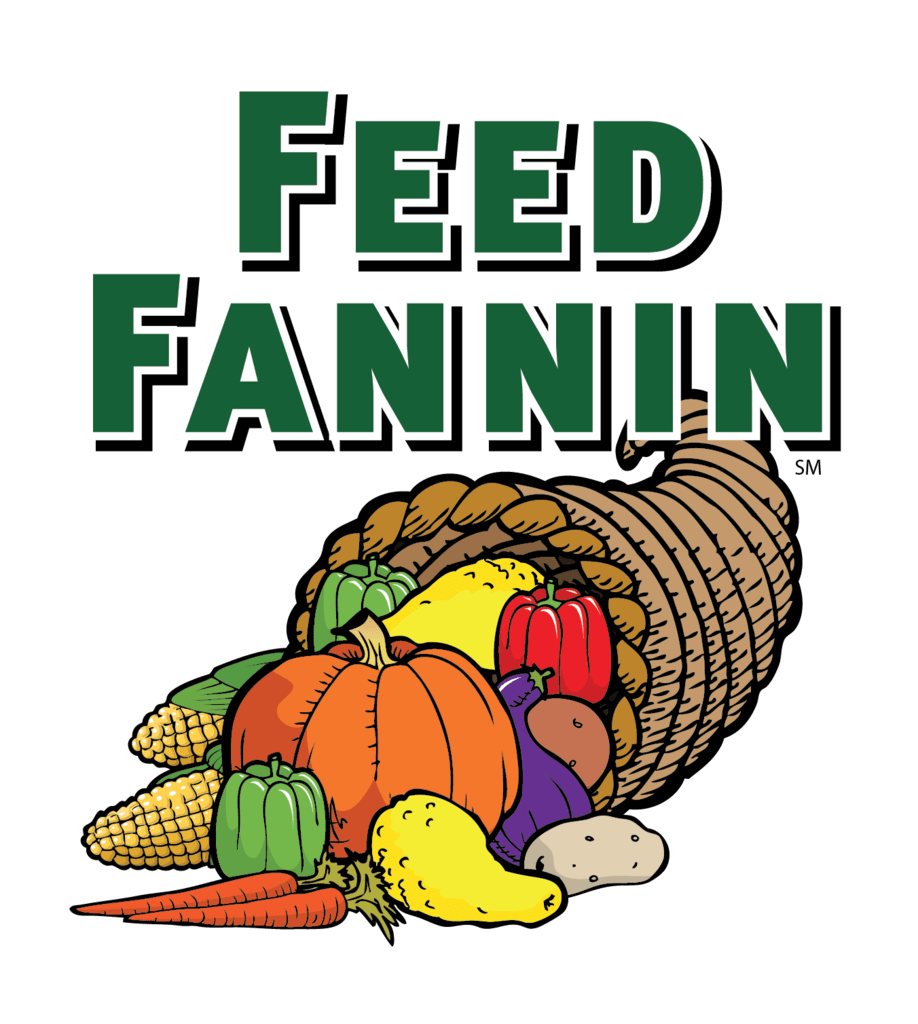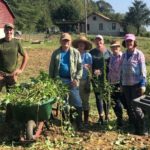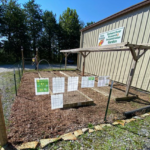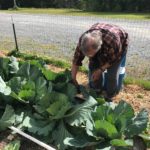The purpose of the Research & Demonstration (R&D) Garden is to explore progressive, environmentally-sound, and practical methods of raising food in small home gardens. We invite you to observe and learn about the different gardening methods presented in the R&D Garden.
Inventive Feed Fannin volunteers have created two 4’ x 24’ raised beds, one of which was configured to grow plants vertically to conserve space. All the produce grown by Feed Fannin volunteers in the R&D garden is donated to the Family Connection Food Pantry.
 Goals of the Research Garden
Goals of the Research Garden
- Establish a location where new methods of sustainable gardening can be tested and evaluated
- Create a “learning” lab where progressive, sustainable gardening methods can be shared
- Drive interest in growing food, using environmentally sound growing methods to increase harvests, and share what we learn from our experimentation
- Provide an opportunity for members of the community to see how small garden plots can successfully and sustainably grow healthy produce
About the Mittleider Method
The R&D garden incorporates the “Mittleider Garden Method,” which produces higher yields with less water in a smaller space than the standard garden. The method also makes use of synthetic soil in raised beds, comprised typically of 75% saw dust and 25% sand by volume, which essentially eliminates weeds.
The Mittleider Garden Method follows six basic laws of growing:
- Light – Plants require as much light as possible to produce photosynthesis, which is essential for plant growth.
- Temperature – Plants require a narrow range of temperature for germination and growth.
- Air – Taken in from their roots, plants receive 3 essential nutrients from air (carbon, oxygen and hydrogen) from which they create carbohydrates.
- Water – Plants contain over 80% water by weight. Water carries nutrients from the soil through the roots to the plant.
- Nutrition – Plants require balanced nutrition all the time for healthy growth. Plants receive nutrients as water soluble minerals, through their roots. There are 16 nutrients (elements) that are essential for plant growth: 3 come from the air, and 13 from the soil.
- Competition – Weeds, insects, animals, and disease are all in competition to inhibit, compromise, or destroy plant growth and must be eliminated.
The Results
So what’s happened so far, and what’s the future for Mittleider gardening at Feed Fannin?
During our first growing season in 2018, we harvested 277 lbs of fresh produce from the R&D Garden and donated it to the Family Connection Food Pantry. We grew our second crop in fall of 2018 (mixed, butternut and romaine lettuce, mustard and collard greens, beets, and turnips). By 2020 and 2021, the garden was producing around 600 pounds of produce for the pantry. Stay up to date with Feed Fannin news to learn how the R&D garden is evolving.
 FUN FACT:
FUN FACT:
When cabbages are harvested from the Mittleider Garden, the tough outside leaves are trimmed and donated to nearby Project Chimps. The chimps like them rolled up like a burrito often with a treat like peanut butter inside.
Visit the R&D Garden
The Research & Demonstration Garden is located in front of the new Fannin County Family Connection Food Pantry.
501 Fannin Industrial Park
Blue Ridge, GA 30513
The Barbara Ferer Research & Demonstration Garden is a project of Feed Fannin made possible through the support of the George Link Jr. Charitable Trust. We are grateful to The George Link Jr. Charitable Trust for their support of Feed Fannin’s efforts to provide nutritious food and fresh produce to those in need in our community and to share knowledge about sustainable gardening methods suitable for our area.



